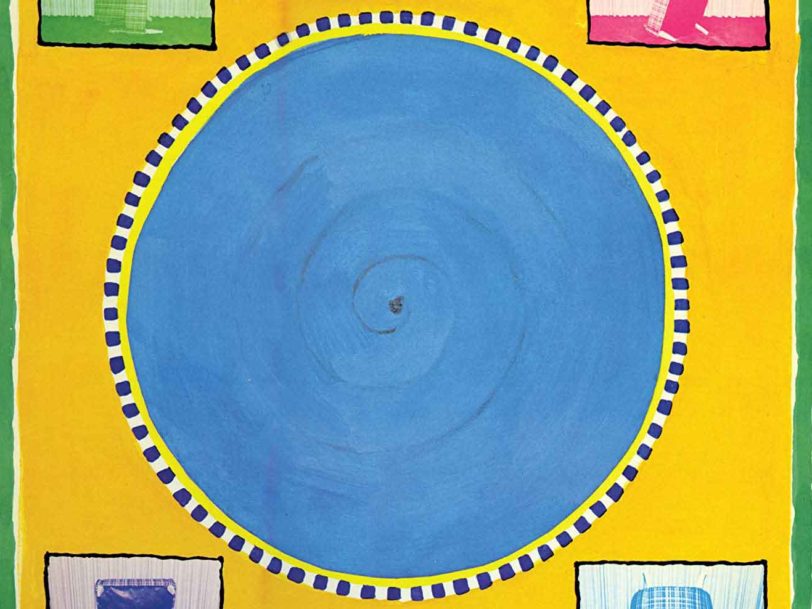By the time Talking Heads reconvened to begin work on their fifth album, Speaking In Tongues, changes were afoot in the camp. In a remarkable burst of industry and creativity, their first four records – from 1977’s Talking Heads: 77 to 1980’s boundary-pushing Remain In Light – had come in just as many years. After wrapping up their live commitments with a short tour of Japan in February 1981, however, the four members took a short hiatus.
Listen to Speaking In Tongues here.
“Jerry and David were shocked at the success”
Still, they were never far from the spotlight, as Talking Heads solo projects began to proliferate. Frontman David Byrne’s game-changing collaboration with Brian Eno, My Life In The Bush of Ghosts, was released in February 1981 after being delayed for over a year while awaiting clearance over its extensive samples. Finally seeing the light of day, it was cited as an influence by artists as diverse as Kate Bush and Public Enemy. Not resting on his laurels, Byrne had thrown himself into working on the music for The Catherine Wheel, an ambitious stage production by dancer and choreographer Twyla Tharp which premiered at New York City’s Winter Garden Theatre in September 1981. When the soundtrack album followed in December, it was the clearest indicator yet of Byrne’s fascination with complex African-inspired rhythms. His work on the project influenced his personal life, too, as he and Tharp began a relationship.
Meanwhile, Talking Heads’ husband-and-wife rhythm section, bassist Tina Weymouth and drummer Chris Frantz, had been busy themselves. As Tom Tom Club, they released their self-titled debut album in November 1981, enjoying hits with Wordy Rappinghood (No.7 in the UK) and the enduring Genius Of Love (No.31 in the US). Tom Tom Club’s fresh fusion of new wave, hip-hop, reggae and dub (for starters) was a worldwide hit. According to Chris Frantz, however, it may also ruffled some feathers in the camp. “To say that Jerry and David were shocked at the success of our Tom Tom Club record would be an understatement, but neither of them talked to us about it,” he wrote in his 2020 memoir, Remain In Love. Guitarist Jerry Harrison had also spread his wings that year, releasing his debut solo album, The Red And The Black, in June.




